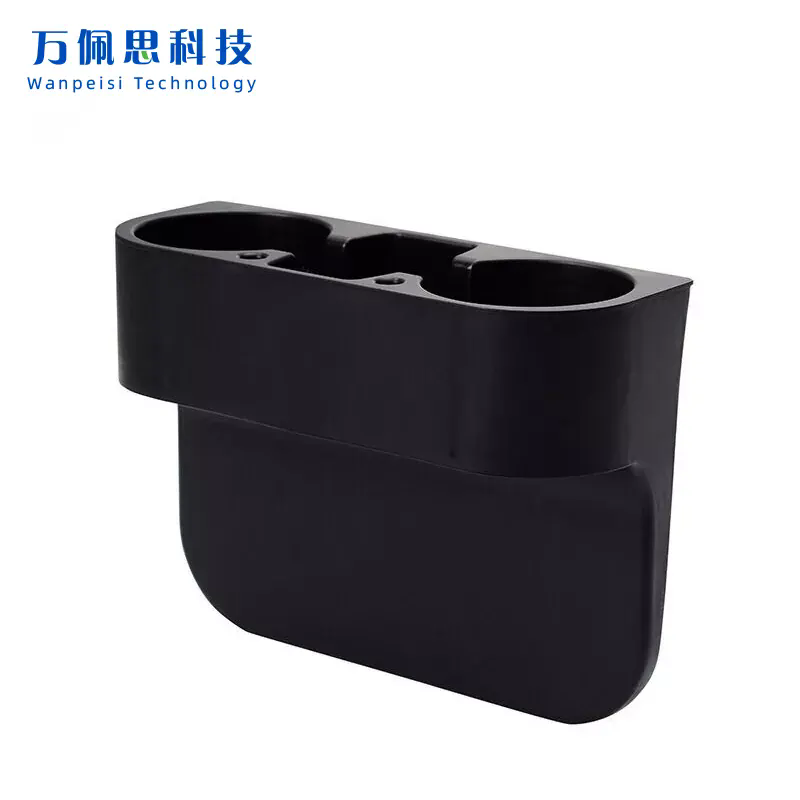Materials Used for Automotive Injection Parts
2024-06-05
Automotive injection parts, also known as injection-molded automotive components, are key elements of modern vehicle manufacturing. These parts are produced using injection molding, a manufacturing process where molten material is injected into a mold cavity, cooled, and solidified to form the desired shape. Injection-molded automotive parts play a crucial role in vehicle design, functionality, and performance. Here's an overview of automotive injection parts, including their types, materials, manufacturing process, applications, and benefits:
Types of Automotive Injection Parts:
1. Interior Components:
- Dashboard panels
- Door panels and handles
- Center consoles
- Trim pieces
- Seat components (e.g., frames, adjusters)
2. Exterior Components:
- Bumpers
- Grilles
- Spoilers
- Fenders
- Body panels
3. Engine Components:
- Intake manifolds
- Air ducts
- Engine covers
- Oil pans
- Valve covers
4. Functional Parts:
- Fuel system components (e.g., fuel tanks, fuel filler necks)
- Cooling system components (e.g., radiator tanks, coolant reservoirs)
- Electrical system components (e.g., connectors, housings, brackets)
Materials Used for Automotive Injection Parts:
1. Thermoplastics:
- Polypropylene (PP)
- Polyethylene (PE)
- Acrylonitrile butadiene styrene (ABS)
- Polyamide (PA or Nylon)
- Polycarbonate (PC)
- Polyethylene terephthalate (PET)
2. Thermosets:
- Phenolic resins
- Epoxy resins
- Melamine formaldehyde
3. Elastomers:
- Thermoplastic elastomers (TPE)
- Thermoset rubber (e.g., EPDM, silicone)
Manufacturing Process:
1. Injection Molding:
- The chosen material is melted and injected into a mold cavity under high pressure.
- The molten material fills the cavity and takes the shape of the mold.
- The material is cooled and solidified, and the mold opens to eject the finished part.
2. Secondary Operations:
- Parts may undergo secondary operations such as trimming, assembly, painting, or surface finishing to meet specific requirements.
Applications of Automotive Injection Parts:
1. Aesthetics and Design:
- Injection-molded parts contribute to the overall aesthetics and design of vehicles, enhancing interior and exterior appearance.
2. Functionality and Performance:
- These parts play critical roles in vehicle functionality, providing structural support, aerodynamic performance, and protection.
3. Weight Reduction:
- Many automotive injection parts are designed to be lightweight, contributing to overall vehicle weight reduction and improved fuel efficiency.
4. Cost Efficiency:
- Injection molding offers cost-effective manufacturing solutions for producing large volumes of automotive parts with high precision and consistency.
Benefits of Automotive Injection Parts:
1. Precision and Consistency:
- Injection molding allows for high precision and repeatability, ensuring consistent quality and dimensional accuracy of automotive parts.
2. Complex Geometry:
- The versatility of injection molding enables the production of parts with complex shapes, intricate details, and precise features that may be challenging or impossible with other manufacturing methods.
3. Material Selection:
- A wide range of materials can be used for injection molding, offering flexibility in material selection to meet specific performance, durability, and regulatory requirements.
4. Efficiency and Speed:
- Injection molding is a fast and efficient process, capable of producing large quantities of parts in a relatively short amount of time, contributing to faster vehicle assembly and production.
5. Design Flexibility:
- Design modifications can be easily implemented in injection-molded parts without the need for costly tooling changes, allowing for rapid prototyping and design iterations.
Automotive injection parts are integral components of modern vehicles, contributing to their functionality, performance, safety, and aesthetics. By leveraging the benefits of injection molding, automotive manufacturers can produce high-quality parts with precision, efficiency, and cost-effectiveness to meet the demands of today's automotive industry.



